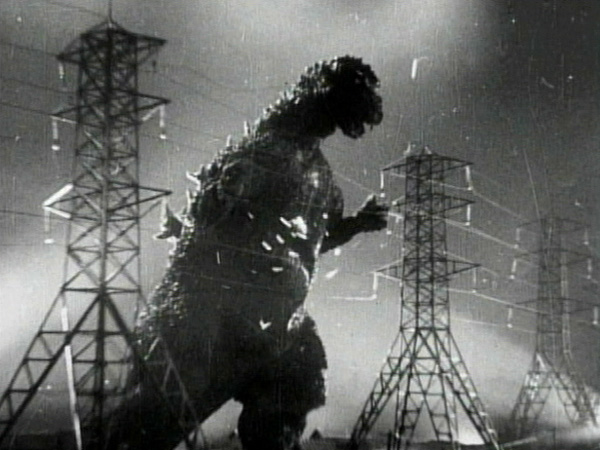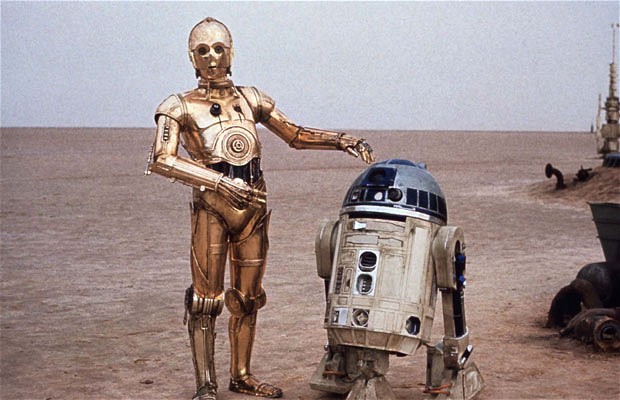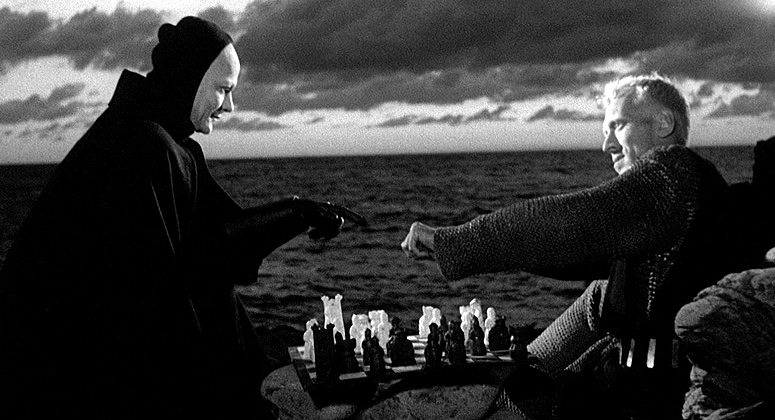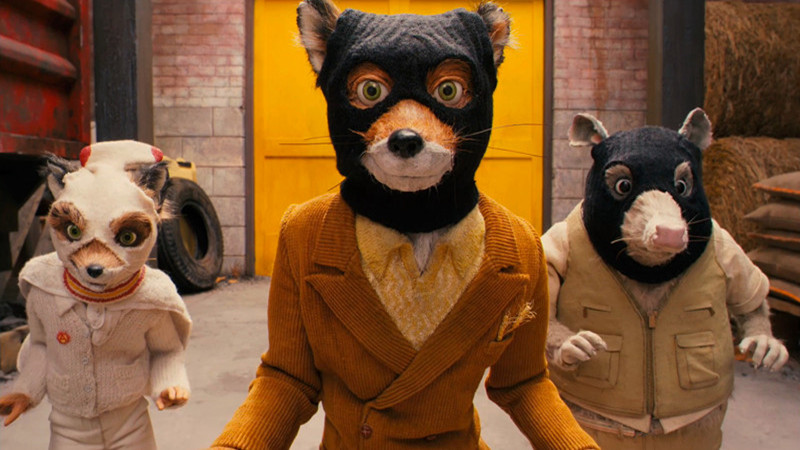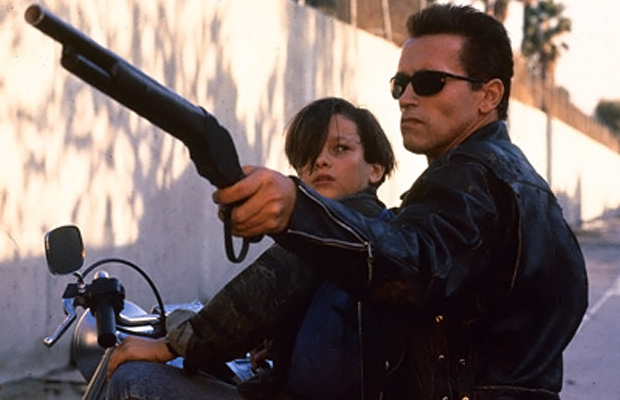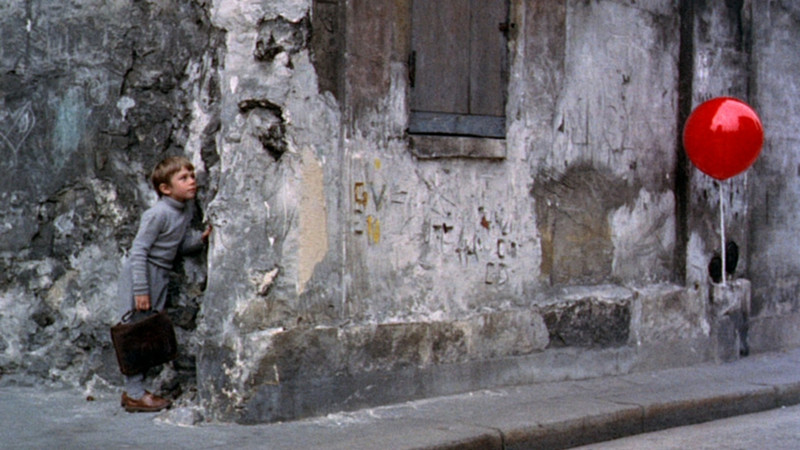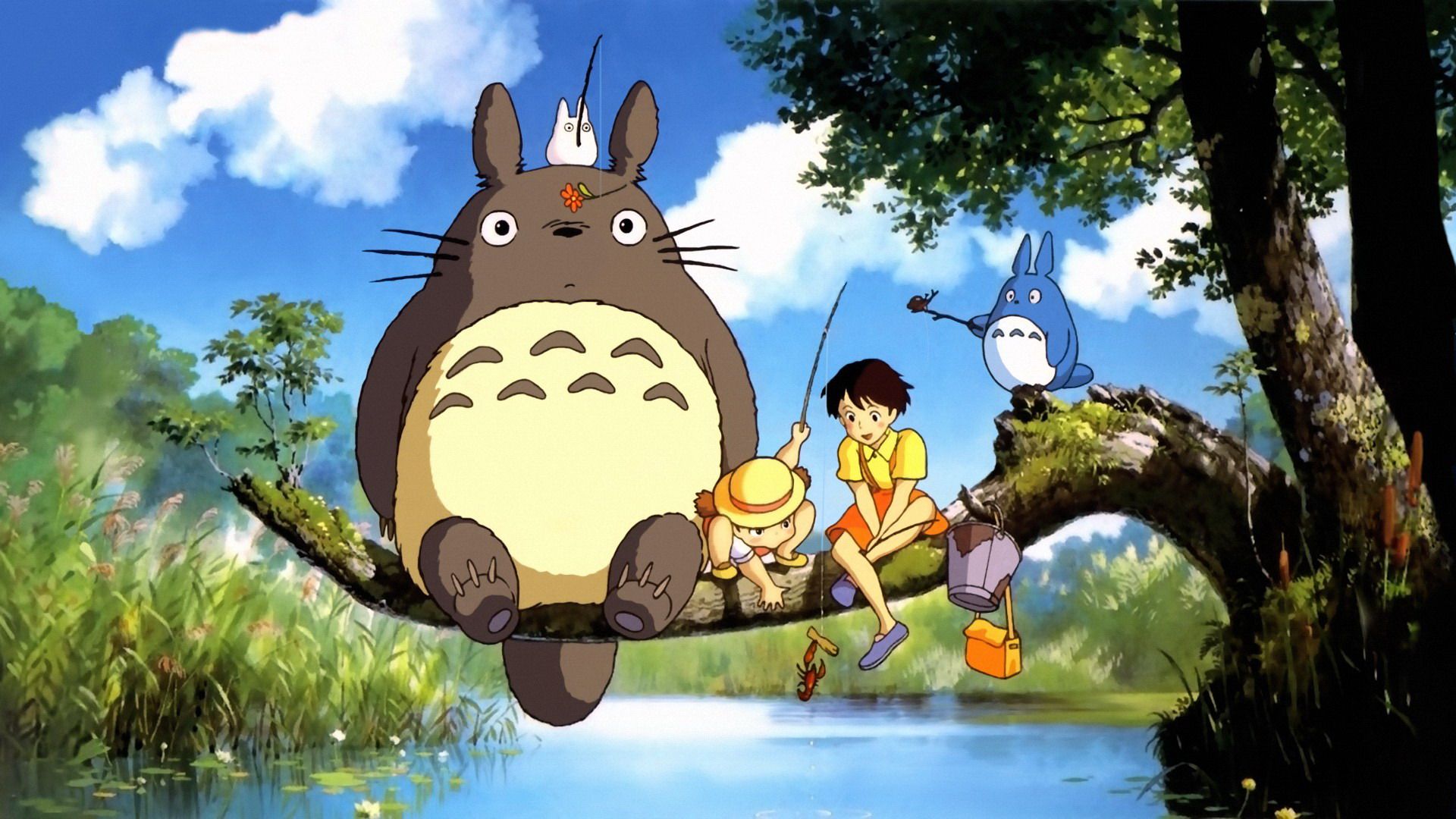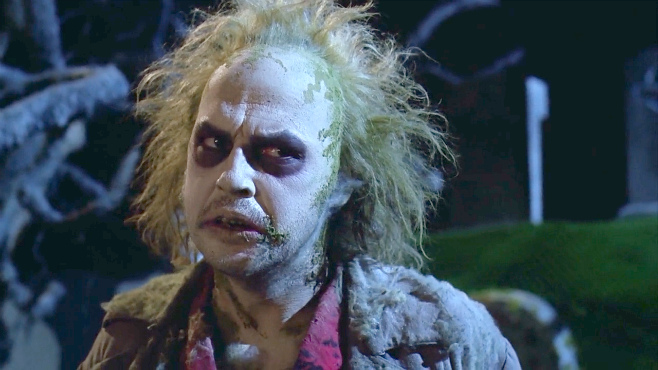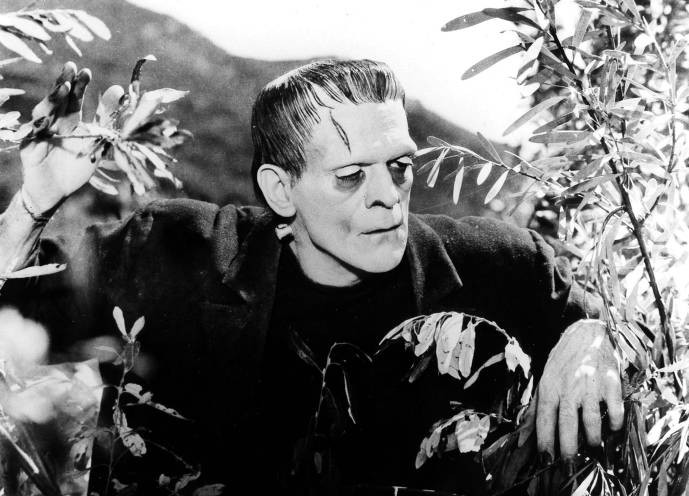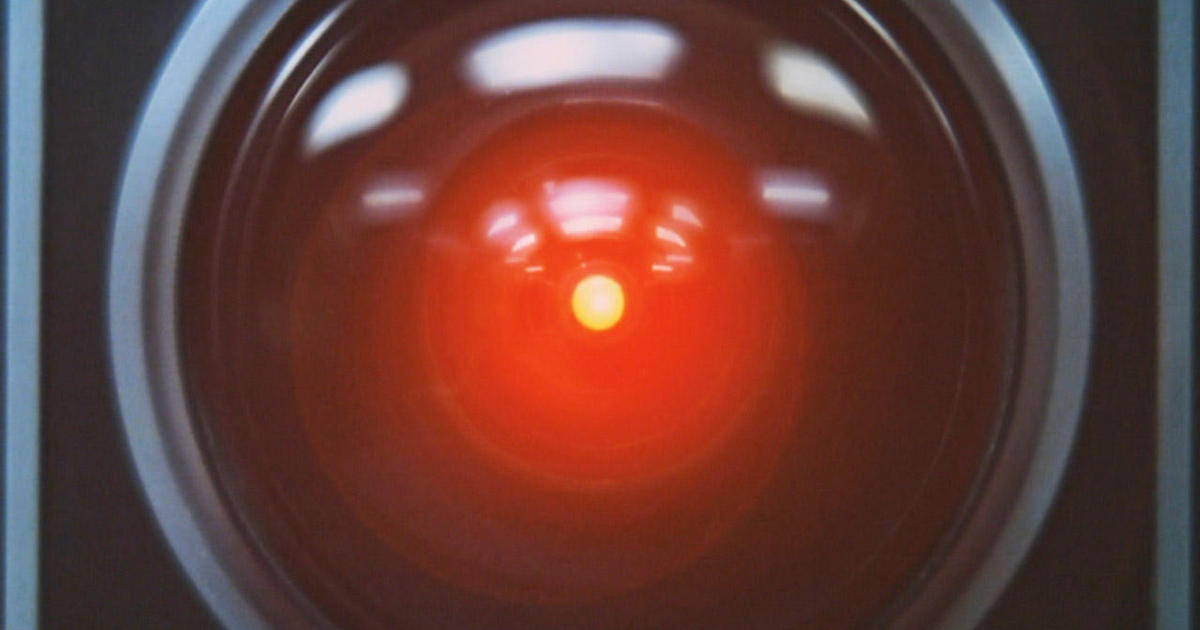
Non-human characters have always been prominent in cinema, presenting to audiences those unique physical, mental and emotional traits that one can unfortunately seldom discover in real life. In the world of film, these non-human characters make it clear that anything can happen, and each in its own distinct manner.
But whatever the character in question, be it an animal, a robot, a monster or something else entirely, one thing they all have in common is their undeniable likeness to human beings, serving as prime examples of how different species will inevitably come together – for better or worse.
20. Godzilla (Godzilla)
Godzilla was released at a time when nuclear war was on everyone’s mind, serving as an terrifying examination of the destruction it could potentially bring to the world. And though that point isn’t particularly subtle throughout the movie, a monster like Godzilla isn’t suited for subtlety. A monster like Godzilla is suited for making his point as loud and as clear as possible.
Once nuclear tests have inadvertently created the beast and countless people are killed as a result, the havoc Godzilla wreaks is one the audience can actually root for. Only if he succeeds in making an impact, however destructive, can the humans truly learn what horror lies ahead. Godzilla, ultimately, is a monster with a higher purpose.
19. R2D2 and C3PO (Star Wars)
The quintessential sidekick duo, R2D2 and C3PO would hardly have had the same impact over the last several decades had they not acted together on their fateful journey. As shown in the original Star Wars movie, the two are completely lost without one another. Were they not a team they would beas entertaining to watch.
The chemistry between these two characters is arguably greater than that of any of the human characters. Only C3PO can understand whatever it is that R2D2 is attempting to communicate, and yet communication seems to be the duo’s biggest problem, leading to some of the sci-fi trilogy’s most comedic moments.
Credit certainly goes to George Lucas’ confident writing and directing, as he demonstrates his ability to develop two fully realized characters in a conflict-ridden relationship out of nothing more than a few beeps and boops.
18. Death (The Seventh Seal)
The personification of Death has been seen in film countless times, but Ingmar Bergman’s version in The Seventh Seal remains the most memorable. Here, Death isn’t depicted as a frightening spirit out to scare the living daylights out of protagonist Block. He is presented as an ever-looming presence, slowly and strategically building dread in the man he is setting out to kill.
The famed chess match between Death and Block is a classic scene, one that shows Death to be much more than a villain. Death is also a worthy adversary who manages to provide a simple game of chess with the utmost importance, intensifying each ominous moment he’s on screen by constantly making the audience wonder what his next move will be.
17. Mr. Fox (Fantastic Mr. Fox)
Wes Anderson’s style has been described as quirky, but Fantastic Mr. Fox goes far beyond such a vague description, and it’s mainly due to its charismatic protagonist. As he plots devilishly to raid the neighboring farms, Mr. Fox makes it clear that he is also a con artist out to dupe his way to a million dollars. The stakes are high for him, especially when his life and that of his family is on the line, but that doesn’t stop his trek from being as fun and adventurous as he insists on making it.
Though a wonderful character on his own, Mr. Fox benefits greatly from a perfectly cast George Clooney voicing the character. The actor’s smooth, charming delivery was perfect for the foxy Mr. Fox, whose endeavorswould have felt somewhat silly and mundane were the character treated as even remotely animalistic.
16. The Terminator (The Terminator 1 & 2)
Arnold Schwarzenegger may not have the greatest range in an actor, but he was nothing less than iconic in his role as the Terminator. His thick Austrian accent, monotonous delivery and rippling body mass made him the perfect choice for a dangerous man-killing machine. Though not particularly complex as a character, the Terminator doesn’t need to be. His mere presence on-screen is unlike anything that has come before or since, and his mysterious background makes him all the more frightening.
What does make the Terminator more complex, however, is his complete change of heart (or programming) in the film’s sequel. Going from a murderous robot to a helpful one, the Terminator becomes all the more interesting as his transition from villain to hero hauntingly contrasts with the degradation in which mankind will soon find itself when its reliance on destructive technology gets out of control.
15. The Balloon (The Red Balloon)
In Albert Lamorisse’s charming French short film, one quickly comes to acknowledge, as Pascal the young protagonist does, that the titular balloon has a mind and heart of its own. An inanimate object unable to speak, the balloon nevertheless seems to have no difficulty communicating with Pascal as it follows him every step he takes throughout his day.
As the story progresses, the audience begins to envy Pascal as all his classmates do. But the envy doesn’t merely stem from the balloon’s magical power. It’s derived from its undeniable loyalty and devotion to the young boy, never straying too far and sticking by his side no matter what. The friendship blossoms into something even more meaningful, as the balloon’s untimely fate is met with an even grander gesture from its fellow balloons that truly proves the power of a child’s spirit and faith.
14. The Shark(Jaws)
Not since Moby-Dick has such an epic sea beast existed in the realm of narrative fiction. And much like Moby-Dick, the shark in Steven Spielberg’s Jaws remains a significant non-human antagonist. Spielberg reportedly had difficulty with the actual mechanical shark, forcing him to cut it out of the first half of the film. But such an incident was a blessing in disguise, as the suspense aided not only in building the audience’s dread of seeing the beast, but also presented the character as a very strategic creature just waiting for the right moment to strike.
The shark’s first appearance is one of the most memorable in cinema history, making it clear that it will take at least three able men to defeat it. And thus, the shark becomes much more than just a villain. It becomes a terrifying reminder of the very things man can never be.
13. Totoro (My Neighbor Totoro)
When Mei and Satsuki’s mother is bed-ridden in the hospital, it’s the spirit known as Totoro who comes to their rescue. However, rather than simply using his supernatural powers, Totoro helps them through a more subtle way: by providing them with some much-needed hope and comfort during their troublesome time.
Whether he’s doling out magical seeds in exchange for an umbrella or summoning a bus-shaped cat to take the girls to see their mother in the hospital, Totoro is always there when he’s needed most. As daunting as things at home may be for Mei and Satsuki, Totoro’s mystical presence never fails to alleviate the situation with a reminder that there is a higher power at play.
12. Betelgeuse (Beetlejuice)
It’s hard to believe Betelgeuse was played by Michael Keaton, totally unrecognizable in face and voice, but whose exceptional talent achieves what no other actor could have. Making no attempt to be charming, Keaton’s irreverent portrayal of the title character makes him all the more delightful to watch.
The true power of Betelgeuse is that any initial encounter with him is automatically met with dismay and unease, but the unique set of tricks and gags he’s got under his sleeve makes one wonder what this being is capable of, forcing the audience to invite him into their world while taking a wild ride into his. With that, Betelgeuse becomes the most distinct character in Tim Burton’s entire roster.
11. The Monster (Frankenstein)
Frankenstein’s monster is cinema’s most sympathetic monster, primarily because everything he is, he is because of man. After discovering he’s killed an innocent little girl, the angry townspeople are unfortunately oblivious to the fact that Frankenstein’s monster did so with the same brand of ignorance that led Dr. Frankenstein to create him in the first place.
Despite his size, strength and grotesque appearance, the monster is far less of a threat than the man who made him, as his most dangerous defect is his absence of knowledge and education rather than a deliberate willingness to play God. It’s in fact a very poignant tale, with the real tragedy of Frankenstein’s monster being his lack of understanding that equates him with a child who has no idea why his father no longer wants him.
